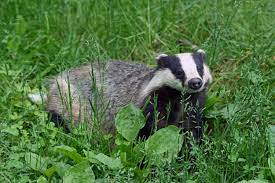Scientists, naturalists and vets are all calling for the end of badger culls, because of a recent study which shows that this has not had a significant impact on the disease.

A scientific paper, published in the journal of Veterinary Records has concluded that culling has had no significant impact on TB in cattle.
Despite the government promising to phase out badger culling in 2025 in favour of cattle and badger vaccines, as well as cattle TB tests (presumably so that the test can tell the different between an infected animal and an inoculated animal) as well as the fact that enhanced biosecurity could deal with much of this (as most of the transmission is through cattle being moved to new herds); for the next 3 years badger culling will be the governments main way to attempt to control this illness
Because 9 years of clear evidence that this does not work, is not enough apparently.
Famous scientists such as Jane Goodall have lined up against this policy. It seems that it cant be dropped because it is a governmental policy which the farmers like – because the government has convinced them that it will work, even though it clearly wont.
This is damaging our position worldwide – how can we argue that apex predators should be preserved, when we are not willing to tolerate the small ones that still linger here.
The removal of badgers also damages local areas – and once again I point out this does not work. The science as to why it does not work is not simple, but the basic idea is that while there is a slight reduction in transmission of TB in the centre of cull zones (this number also assumes all TB is moved by badgers), the surrounding area, which is usually significantly bigger, tends to suffer an increase in TB cases, as badgers are forced to disperse further to find mates. This means that the few badgers who are infectious are forced by our actions to travel further and therefore to risk transmitting the illness over a far greater area.
